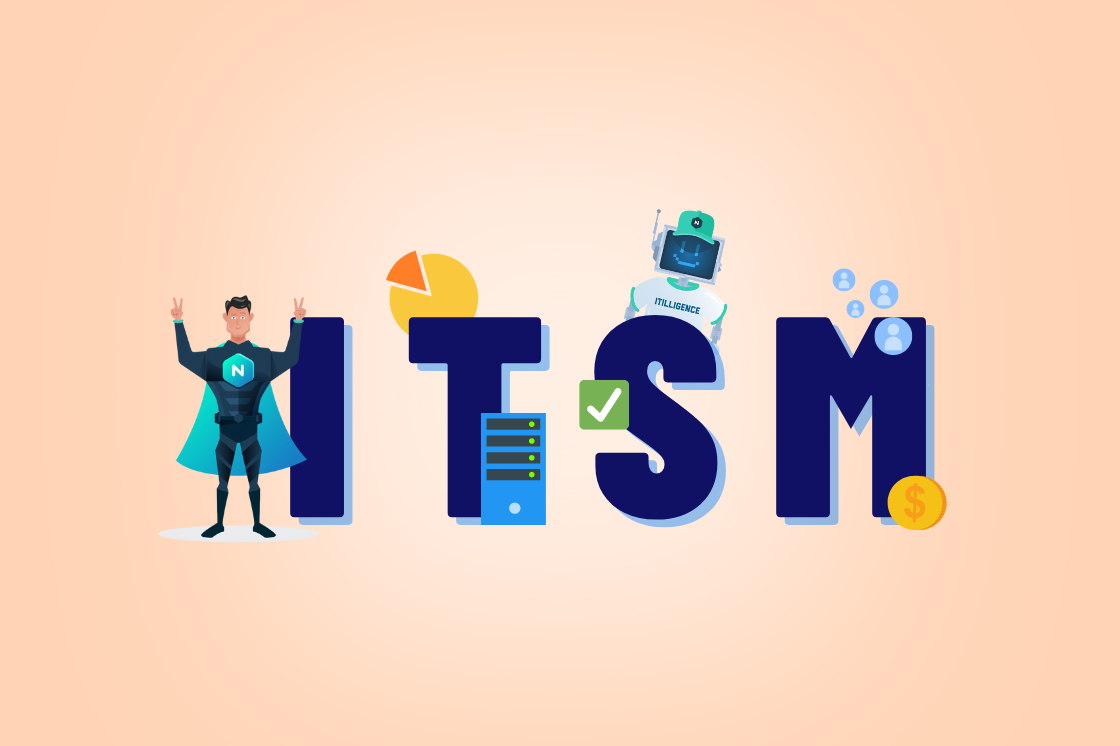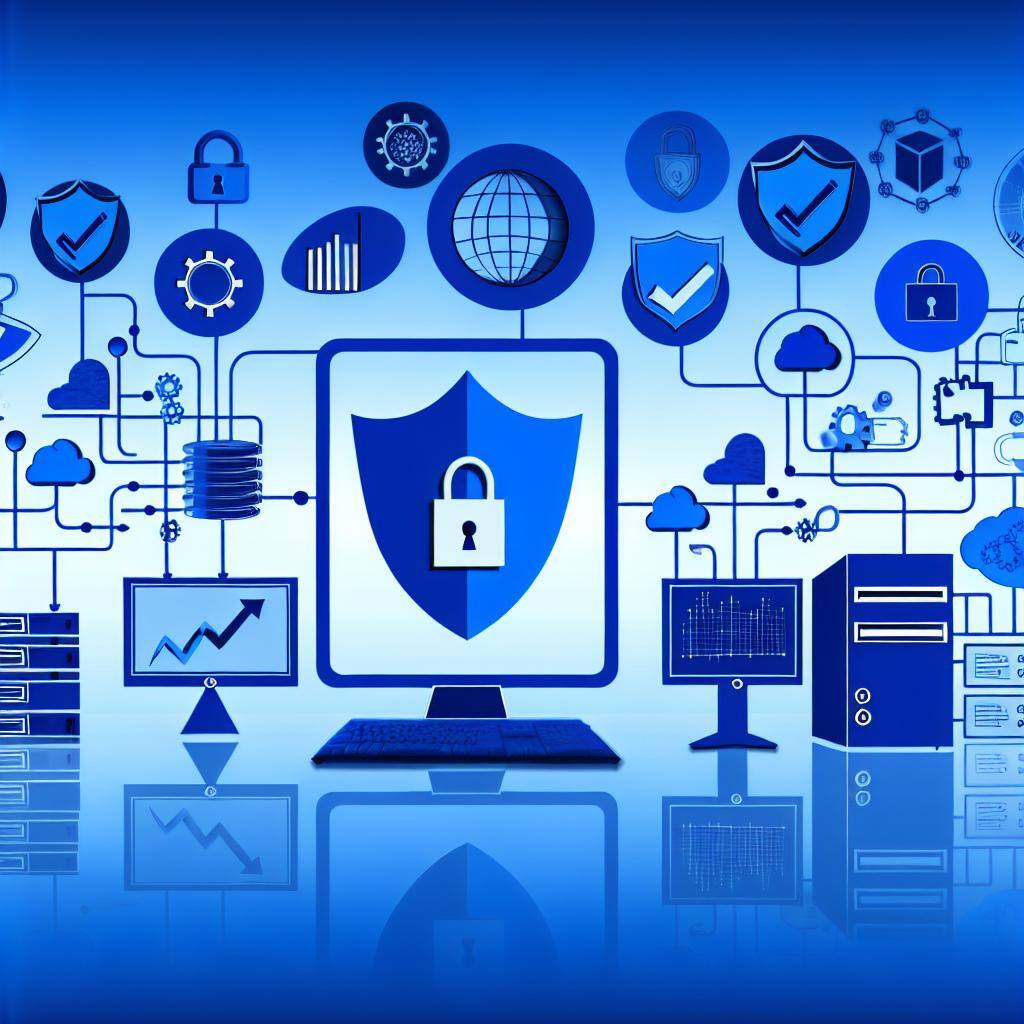The Illusion of Security: Why Technology isn't Enough
Imagine yourself as a world-class spy tasked with infiltrating a top-secret facility. This site boasts formidable defenses, complete with high-tech surveillance cameras and state-of-the-art motion, temperature, and pressure sensors. At first glance, it sounds impenetrable. Or does it?
As you approach, you scan for a Wi-Fi signal. Your heart races when you find one, and a grin spreads across your face as you discover they've forgotten to change the default administrator username and password.
With that backdoor access, you infiltrate their network and hack the card reader software, adding your badge to the list of authorized users.
The security cameras present no challenge, as you notice from the video management software that they haven't been archiving footage, and the video storage is completely full.
Next come the sensors. Once inside, you connect to the LAN and hack your way into the Security Information and Event Management (SIEM) software. You catch a break because they don’t monitor for unauthorized devices on their internal network.
Jackpot! The monitoring software is operational, but events are being sent to a distribution list of 20-plus people—a clear sign that they spam their alerts, meaning nobody is likely to read them.
A Simple Story With a Serious Message on IT Security
Navvia readers are a sophisticated group, and while this scenario might come across as overly simplistic, it reinforces an important message:
Technology alone cannot guarantee a robust IT security management posture
The fear of security breaches often drives an overreliance on technology, overshadowing the essential roles of people and processes in making us feel safe.
What is the Illusion of Security in IT
The illusion of security is a widespread phenomenon where individuals and organizations have a false sense of security, when i reality, they are not.
This false confidence can arise from several factors, including an overreliance on technology driven security measures, a lack of awareness about potential threats, or a misunderstanding of security concepts.
This complacency can cause vulnerabilities and make systems more susceptible to breaches.
Definition: "The Illusion of IT security" refers to the misplaced confidence derived from relying solely on tools and technology to safeguard IT infrastructure, while neglecting the critical roles of people and processes.
Examples of the Illusion of Security
- Unchanged Default Credentials: This classic vulnerability leaves systems wide open. Many breaches occur by fully believing default usernames and passwords are secure, neglecting fundamental security practices.
- Overreliance on Antivirus Software: Sole reliance on antivirus solutions, without adopting a layered security approach, leaves systems exposed as malware evolves and sophisticated threats bypass traditional defenses.
- Inadequate Data Backup Practices: Businesses may assume their data is secure with cloud storage but often neglect regular backups. This oversight can be devastating during a ransomware attack, which may lock them out completely if there is no data recovery plan in place. Furthermore, natural disasters like floods or fires can also lead to data loss, emphasizing the need for a robust backup strategy and comprehensive recovery plan to mitigate these risks.
- Limited Monitoring of Security Alerts: A SIEM (security information and event management) is in place is in place, but organizations fail to monitor alerts actively, leading to breaches that go unnoticed for extended periods.
- Outdated Software and Firmware: Cutting-edge firewalls may become vulnerable if not updated regularly, exposing them to exploits that could have been patched.
In the long run, the false sense of security can lead to a lack of preparedness and a failure to address potential threats. It is essential to acknowledge the reality of our situation and take steps to mitigate risks, rather than relying on a false sense of security.
The Reality of Security Measures
In the quest for security, organizations often over-rely on technology, assuming it can shield against all threats.
This dependence can lead to a false sense of security, increasing vulnerability to breaches.
Even with advanced encryption and strong passwords, data breaches occur due to overlooked vulnerabilities or sophisticated attacks, exemplifying the illusion of security that technology can create.
A robust security posture must integrate people, processes, and technology, fostering a culture of vigilance and resilience against evolving cyber threats.
Understanding and addressing the limitations of security measures allow organizations to protect themselves better and prepare for unexpected challenges.
This holistic approach should be guided by Information Security Management frameworks and standards like NIST CSF, ISO/IEC 27001, ensuring a comprehensive IT security strategy.
ITSM & Security Management
ITSM (IT Service Management) is a proven framework of IT Processes designed to manage an organization's information technology infrastructure.
Over the decades this framework has evolved into a robust and agile solution that is well-suited to today's requirements and challenges.
ITSM processes aim to create a safe environment for IT operations by ensuring that all aspects of IT management are secure and well-coordinated.
The ITSM Security Management process is crucial as it oversees all aspects of security management. ITSM Security Management encompasses:
- Establishing an Information Security Management System (ISMS)
- Risk Management and Assessment
- Identity and Access Management
- Network and Endpoint Security
- Protection Against Malware
- Incident Response and Monitoring
- Data Protection and Privacy
- Security Training and Awareness
To learn more check out our comprehensive guide to Building an IT Security Management Process.
As we said earlier, virtually every ITSM process plays a role in IT Security. Here are just a few examples
- Risk Management: The ITSM Risk Management process aims to effectively identify, assess, and mitigate risks, primarily focusing on safeguarding IT products and services while achieving strategic objectives. This process involves establishing governance structures and defining risk appetite and tolerance to ensure strategic alignment with business goals and integration with enterprise risk management. Learn more about Building an ITSM Risk Management Process. Also check out: The Synergy Between Information Security and Risk Management.
- Incident Management is essential for IT Security Management as it systematically identifies, logs, and resolves security incidents. This rapid response minimizes damage and downtime while facilitating root cause analysis to uncover vulnerabilities. By addressing security threats promptly, the process helps organizations prevent future incidents and enhance their overall security posture. Learn more about Incident Management Best Practices.
- Problem Management: Complements Incident Management by identifying and rectifying the root causes of security incidents. By analyzing incident patterns, organizations can implement lasting solutions that prevent security vulnerabilities from resurfacing. Learn more about Problem Management Best Practices.
- Change Management enhances IT Security Management by evaluating potential security risks associated with changes to IT systems before they are implemented. This structured approach prevents unauthorized modifications and ensures compliance with security policies. Comprehensive documentation throughout the change process provides an audit trail, supporting accountability and regulatory compliance. Learn more about Change Management Best Practices.
- Release Management: Supports IT security by ensuring that new software, systems, or updates are thoroughly tested, verified, and secure from vulnerabilities before deployment. Learn more about Release Management Best Practices.
- Configuration Management is critical for IT Security Management as it maintains accurate records of IT assets and their configurations. This visibility allows organizations to proactively identify and mitigate vulnerabilities, monitor compliance with baseline security standards, and detect deviations. By facilitating better incident response through detailed configuration insights, it helps maintain a secure IT environment. Learn more about Configuration Management Best Practices.
For additional information on the role of ITSM processes in security management check out these resources:
- Boosting Cyber Resilience with IT Security Assessments and ITSM Processes
- The Benefits of Having a Strong Foundation of ITSM Processes
The Role of Oversight and ITSM Risk Management in IT Security
ITSM Oversight
Similar to how technology can create an illusion of security, processes without proper oversight will deteriorate and become ineffective over time.
Processes require ownership, governance, and continuous improvement to remain effective. One of the most effective ways to govern ITSM processes is by establishing a Service Management Office (SMO).
An SMO is "a center of excellence within your organization chartered to improve the quality, effectiveness, and efficiency of delivering IT Service Management (ITSM) services".
The Service Management Office (SMO) brings together the essential skills needed to design, implement, automate, manage, govern, and continuously improve ITSM processes.
To learn more check our post on: What is an IT Service Management Office?
ITSM Risk Management Process
There is one process that goes hand in hand with IT Security Management and that is the ITSM Risk Management Process.
The ITSM Risk Management process aims to effectively identify, assess, and mitigate risks, primarily focusing on safeguarding IT products and services while achieving strategic objectives.
This process involves establishing governance structures and defining risk appetite and tolerance to ensure strategic alignment with business goals and integration with enterprise risk management.
Key activities include:
- Establishing a Risk Framework and Culture
- Risk Identification and Assessment
- Risk Response and Mitigation
- Risk Monitoring and Reporting
- Risk Documentation and Review
Together, these activities, along with their associated tasks and procedures, help ensure that an organization understands the risks it faces and systematically manages these risks in the most cost-effective manner.
The Human Element: People in Security
Ultimately, security hinges on your people. While they can be the weakest link, they are also formidable assets, bringing perspectives crucial for identifying and mitigating threats.
Your team designs, executes, and monitors security processes and tools, and their vigilance is vital to a strong security framework.
Employees serve as the first line of defense - a human firewall.
Cultivating a culture of security through comprehensive awareness and training programs is crucial.
Alongside technical skills, strong communication and collaboration abilities are needed to effectively convey security importance and engage stakeholders.
Empower your team with the knowledge and skills to recognize and respond to potential threats, actively contributing to the organization’s security.
People, Process, & Technology: a Holistic Approach to IT Security
A holistic approach to IT security involves integrating people, processes, and technology, recognizing each element as essential to a robust posture.
- People’s awareness and engagement are pivotal in identifying threats, with well-informed employees acting as proactive defenses.
- Processes establish the guidelines for consistent security, ensuring compliance while allowing regular improvements.
- Technology complements these components by providing detection and response tools essential to the strategy.
By aligning these elements, organizations create a security culture resilient to evolving challenges.
Additional IT Security Resources
Here are some of the most common frameworks and standards essential for implementing IT Security within your organization:
- NIST Cybersecurity Framework (CSF): Drafted by the US National Institute of Standards and Technology, NIST CSF provides cybersecurity guidance to industry, government agencies, and other organization.
- ISO/IEC 27001: Authored and maintained by the International Organization for Standardization, ISO/IEC 27001 lays out a framework for organization to establish an Information Security Management System.
- SOC 2 Type I and II: Managed by the American Institute of Certified Public Accountants, the SOC 2 standard is a set of principles and controls that cover security, privacy, confidentiality, availability, and processing integrity.
- Cloud Controls Matrix (CCM): A cybersecurity control framework maintained by the Cloud Security Alliance. The CCM enables organizations to assess the security posture of cloud providers.
- CMMC 2.0: The US Department of Defense (DoD) introduced CMMC 2.0 to safeguard critical national security data from cyberattacks targeting the defense industrial base.
While organizations may think they have a robust security posture, many suffer from the Illusion of Security. By embracing best practices and standards, organizations can protect themselves more effectively against modern threats.


